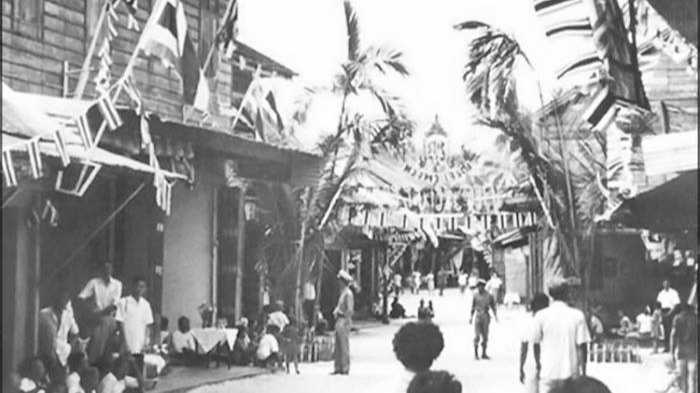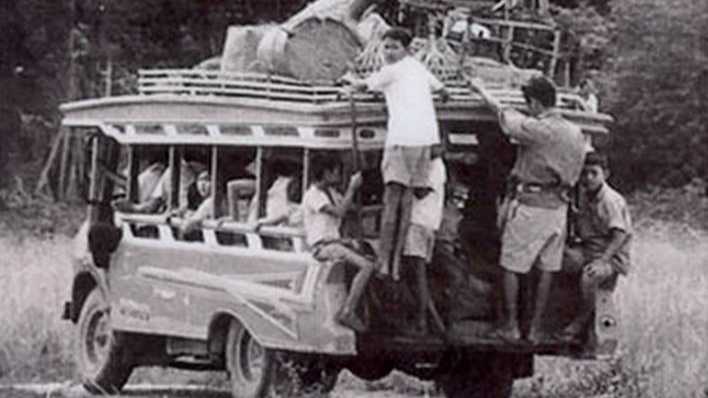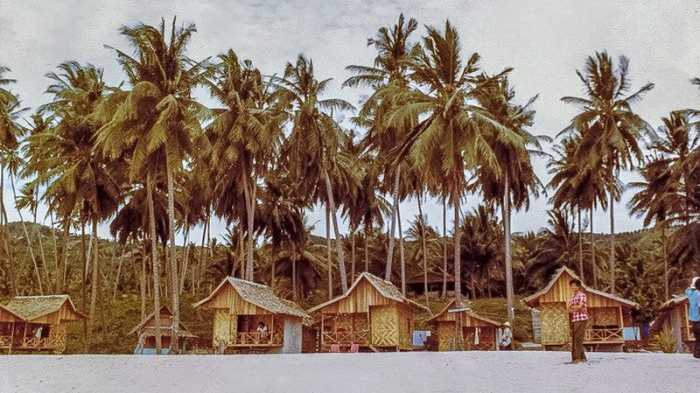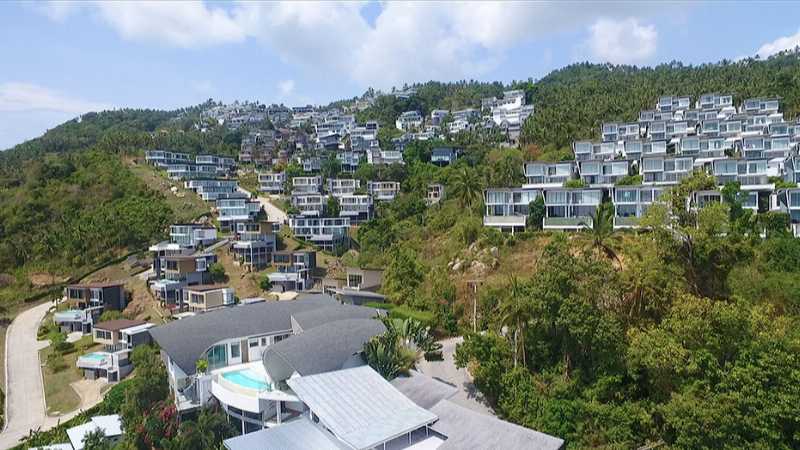
Koh Samui: From Hidden Gem to Tropical Paradise (a little history)
LifestyleIf you’ve ever dreamed of finding paradise, chances are you’ve imagined something that already exists, Koh Samui, Thailand’s enchanting island that’s as rich in history as it is in natural beauty.
But Koh Samui wasn’t always the glitzy, cosmopolitan island we know today. Before luxury resorts and five-star villas, before the influx of world travelers and international cuisine, Koh Samui was something entirely different, quiet, remote, and self-sufficient. And that’s exactly what makes its story so captivating.
A Journey Through Time: From Humble Beginnings
Over 1,500 years ago, the first settlers, fishermen from the Malay Peninsula and Southern China, made their way to the island’s shores. They didn’t come for full moon parties or sunset cocktails. They came for the sea, the land, and a life rooted in simplicity.
For centuries, isolation was Koh Samui’s defining trait. There were no roads, few visitors, and the islanders lived off the ocean and the fertile land.
The outside world barely knew it existed. The first recorded mention comes from Chinese Tang Dynasty annals, and in 1687, maps labeled it as “Pulo Cornam.”
The Rise of the Coconut Kingdom
By the late 19th century, Koh Samui had found its economic heartbeat: coconuts. With plantations sprawling across the island, it became a key player in Thailand’s coconut industry. For decades, coconuts were king, supporting families, sustaining trade, and shaping the island’s rural character.
But even in the mid-20th century, getting around Samui wasn’t easy. Until the 1970s, roads were virtually nonexistent. A cross-island journey? That could take all day, and not for the faint of heart.
A Turning Point: War, Wanderers, and New Horizons
History wasn’t always peaceful. During World War II, Japanese forces occupied Koh Samui, using it as a strategic base in Southeast Asia. The scars of that era would eventually fade, but the island remained cut off, known only to locals and the occasional sailor.
Then came the 1970s and with it, a trickle of adventurous backpackers. Drawn by whispers of pristine beaches, crystal-clear waters, and untouched jungle, these early travelers found what felt like a secret Eden. And they told the world.
From Backpackers to Jetsetters: The Tourism Boom
The wave of tourism started small but gained momentum quickly. Resorts popped up, roads were built, and Samui slowly opened its arms to the world. But the game-changer came in 1989, with the construction of Samui Airport. Suddenly, what was once a remote island could be reached in hours, not days. Tourism exploded and with it came transformation.
Today, Koh Samui is a global destination, blending the natural charm of its past with modern luxury. From peaceful fishing villages to upscale beach clubs, the island has evolved, but never lost its soul.
Why Koh Samui Still Captivates
Koh Samui’s magic lies in its contrast. You can wake up in a five-star villa and spend the afternoon hiking to a hidden waterfall.
Sip espresso in a French café, then eat freshly grilled fish by a local beach shack. It’s an island of balance, between heritage and modernity, tranquility and adventure.
More than just a tropical destination, Koh Samui is a story, one of resilience, re-invention, and re-discovery.
When are you visiting?




